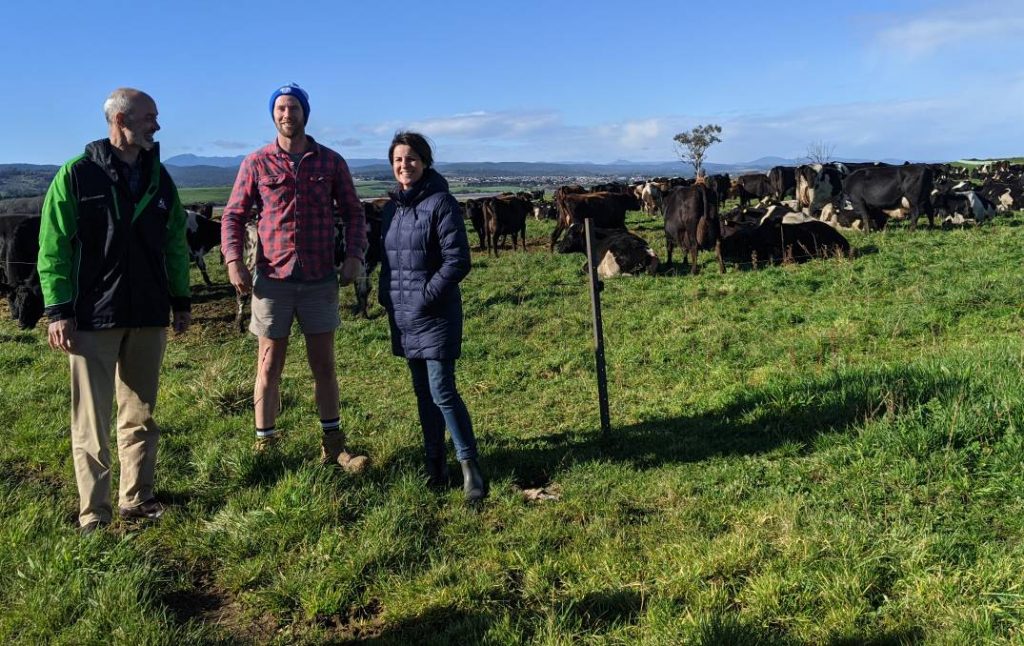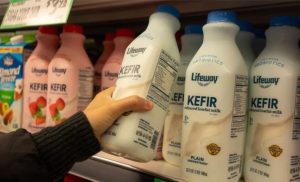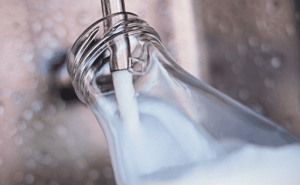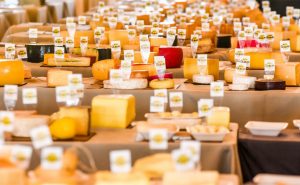This is an increase of 4.5 per cent, increase and breaks the previous record of 913 million litres in 2017-18.
Riverside dairy farmer Joe Hammond said favourable autumn weather conditions helped kick production along.
He also said access to irrigation was another major factor in the dairy industry’s strong performance.
“It’s really good for us, especially as a family operation, this result gives us confidence going forward,” Mr Hammond said.
He said his farm had profited from an eight per cent increase in meal production for inputs but the season had also profited from more homegrown seed as well as favourable weather conditions.
Primary Industries Minister Guy Barnett said the new production record showed Tasmania was well and truly punching above its weight in terms of its slice of Australia’s dairy pie.
“We are extremely proud of Tasmania’s agricultural sector and dairy is the jewel in the crown of that industry,” he said.
This broken record follows recent figures released by the Australian Bureau of Statistics which shows Tasmania’s agricultural production is growing at a faster rate than the rest of the country, and increased in value by 2.1 per cent over the previous 12 months.
“Dairy was once again Tasmania’s highest value commodity in 2018-19 with the ABS reporting an agricultural production value of $457 million, up 6 per cent on 2017-18, driven by higher farm gate prices.”
Mr Barnett said there were four “key ingredients” for success for the dairy industry and they are: Tasmania’s cooler climate, access to fertile soil, access to water and finally the enterprising farmers who call the state home.
Dairy Tasmania chief executive Johnathon Price said the incredible feat achieved by the state’s dairy farmers reflected their resilience and commitment to the industry despite facing frequent callenges.
“They [dairy farmers] are heavily invested financially, physically, emotionally into their business and it’s prudent of them to make smart business decisions to ensure their profit,” he said.
“It’s a wonderful recognition to the hard working commitment of the farmers across the state what is driven this growth in production.”
He said increase in cattle numbers had partly driven the increase in production, with Tasmanian dairy farm herd size above the national average but there has also been a slight decrease in farm numbers.













